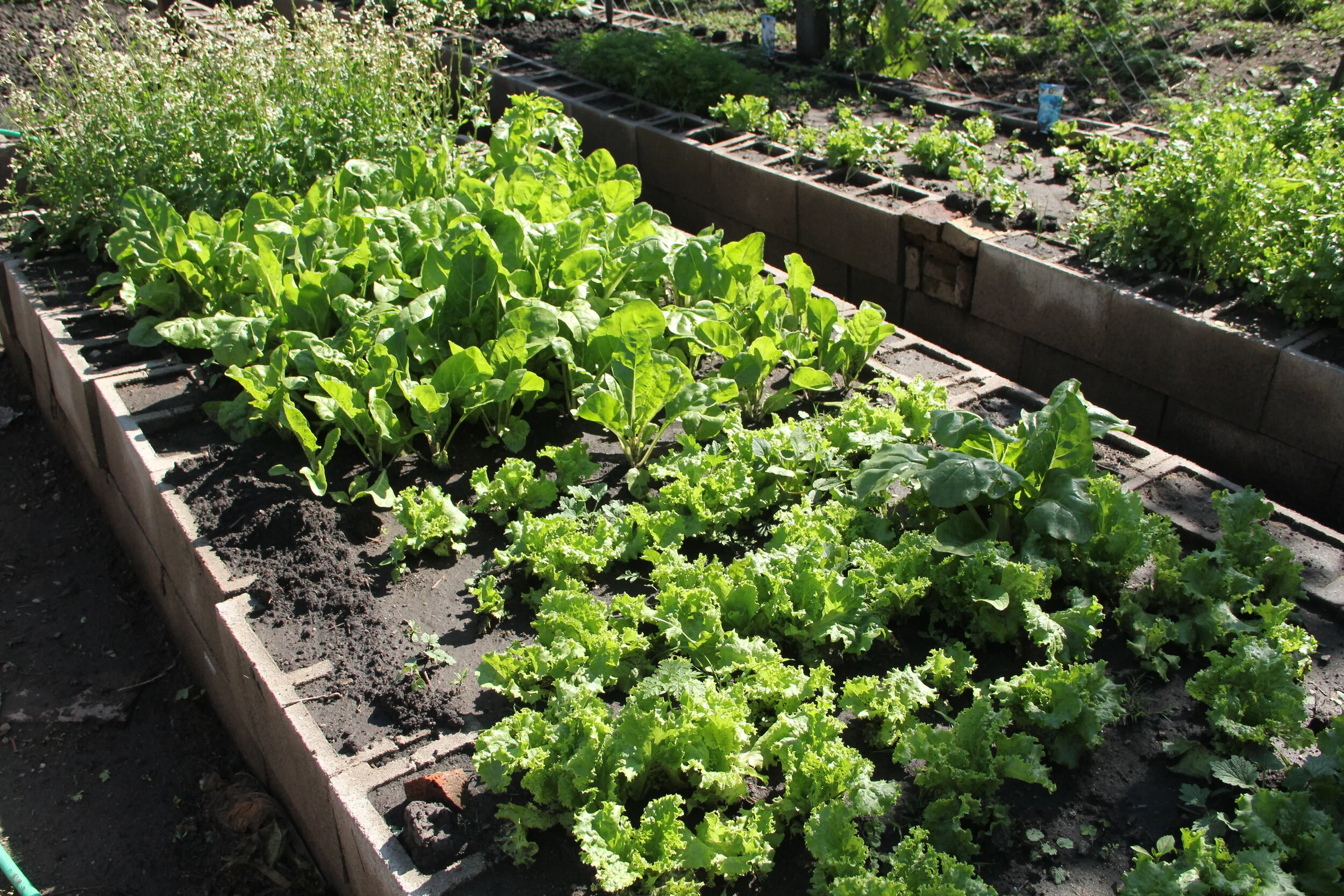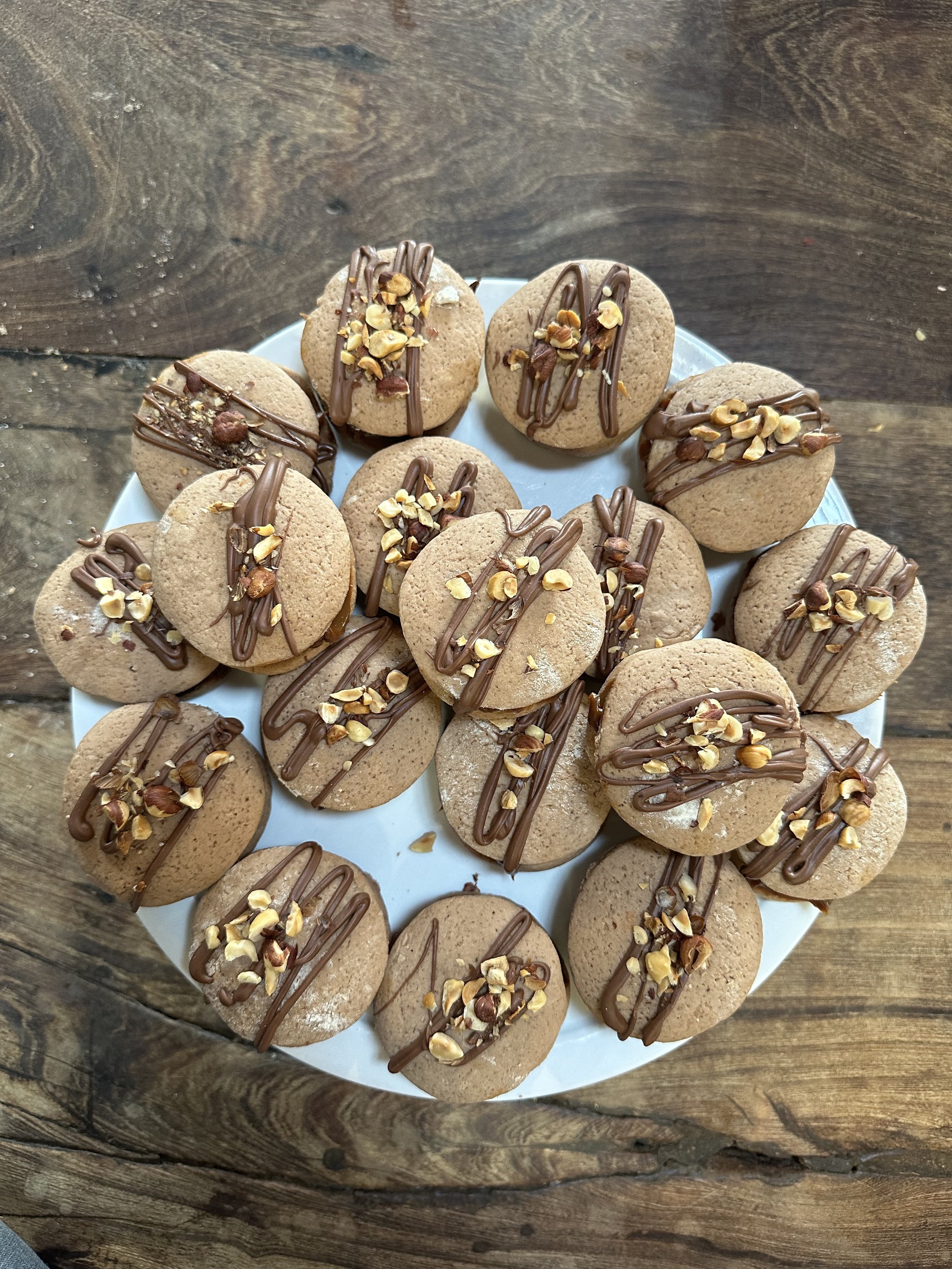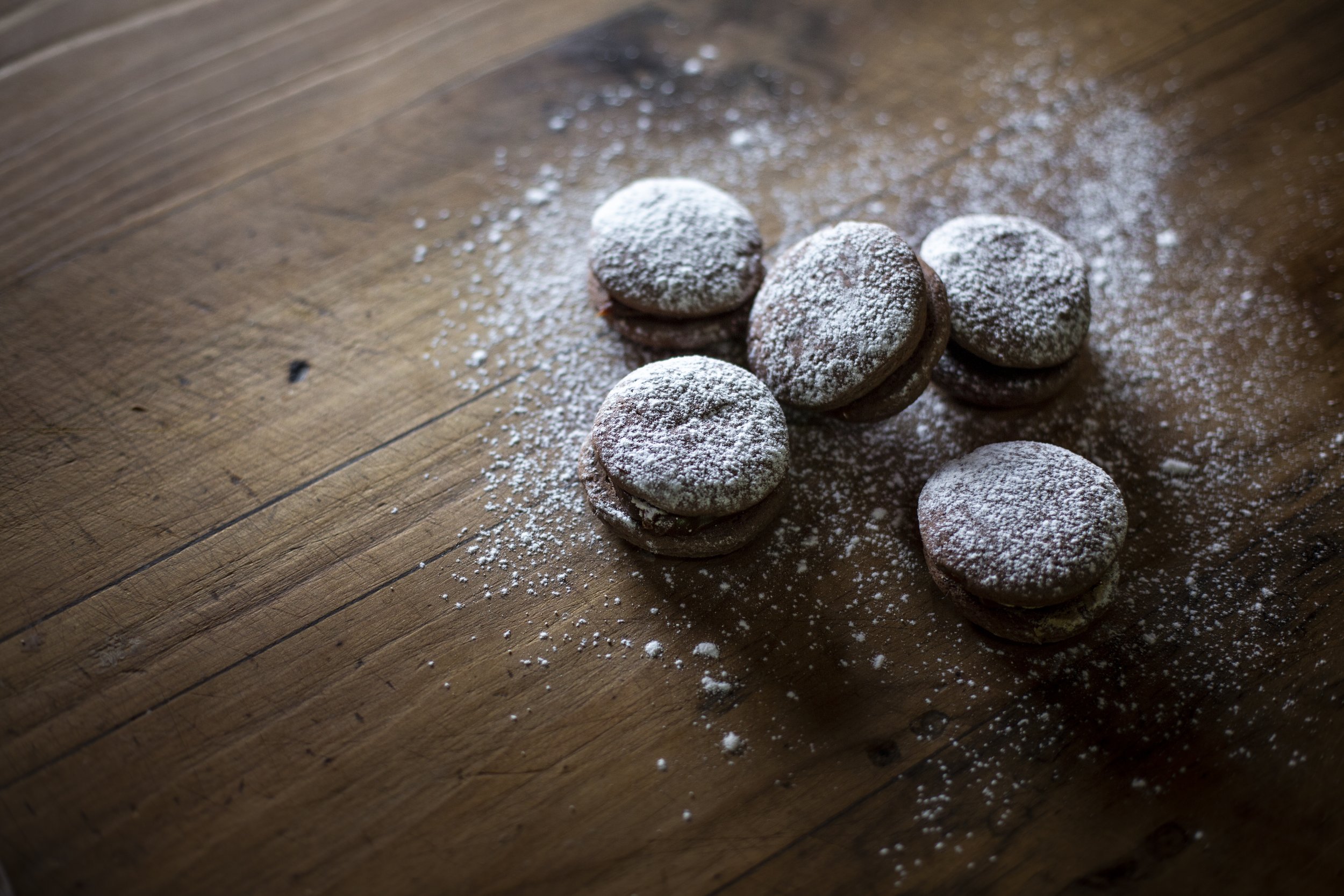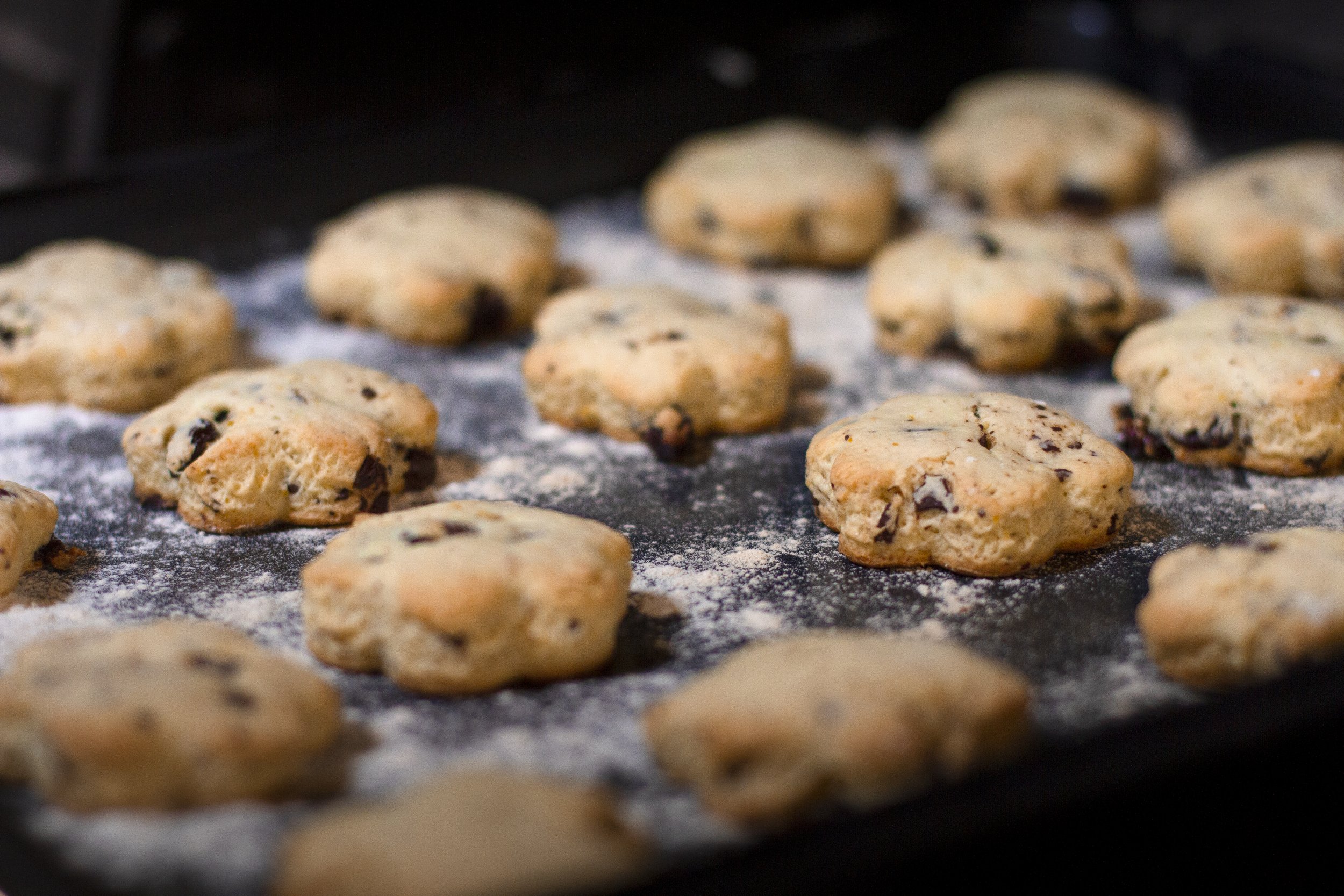Everything Cookies
The History of Dulce de Leche
Eaten with almost everything in Argentina, dulce de leche is spread on toast, used to fill facturas, decorate flans, or just eaten straight from the jar.
As the local legend tells it, the birth of dulce de leche can be put down to a culinary accident that occurred in 1829.
With the hope of ending a period of civil war in Argentina, the leaders of opposing political and military forces, Juan Manuel de Rosas and Juan Lavalle, decided to call a truce. Rosas invited Lavalle to sign the Cañuelas Pact at his headquarters on a large ranch called La Caledonia. Lavalle arrived at the ranch tired from the journey, and he decided to rest a bit before meeting with Rosas. He decided to take his siesta in the tent where Rosas normally slept.
Meanwhile, one of Rosas’ servants was busy preparing the ‘lechada’ - hot milk with sugar - that was drunk as an accompaniment to mate during that period. When the servant went to take some mate to Rosas, she found Lavalle in Rosas’ tent and panicked. Unaware of the planned meeting between the two leaders, she alerted the troops to the presence of the “enemy,” leaving the lechada unattended on the stove in the chaos. When she finally returned, she discovered that the contents of the pot had turned into a thick, gooey spread—what we know today as dulce de leche.
Alfajores Marplatenses
Not a cake, or a biscuit, it is more of a sandwich cookie, a traditional argentine sweet and the perfect base for dulce de leche. With Arabian origins they were brought to Argentina by the Spanish, and have slowly evolved overtime and like most food in Argentina, they have been reinvented across the country and changing in many provinces. Alfajores Marplatenses are from the Buenos Aires coast and are the standard assumption of Alfajores. An alfajor can combine chocolate, dulce de leche, meringue, coconut, icing sugar, jam and even mousse.
340g Self raising flour
160g cornflour
60g cocoa powder
150g butter
2 eggs
Splash of milk
50g honey
1tsp vanilla extract
A jar of dulce de leche
Cream sugar, butter and vanilla extract.
Add egg and mix well using a fork.
Then add the milk.
Add dry ingredients in 2 stages, if necessary add a little more flour until becomes like pastry.
Chill the mixture for a minimum half an hour.
Roll out and cut into circles.
Cook in an oven of 180ºC/355°F for 10 minutes or until the biscuits are firm but soft when pressed.
Once baked cooked leave to cool and then sandwich two biscuits together with dulce de leche. To finish can be finished dipped in a chocolate ganache or sprinkled with icing sugar.
















